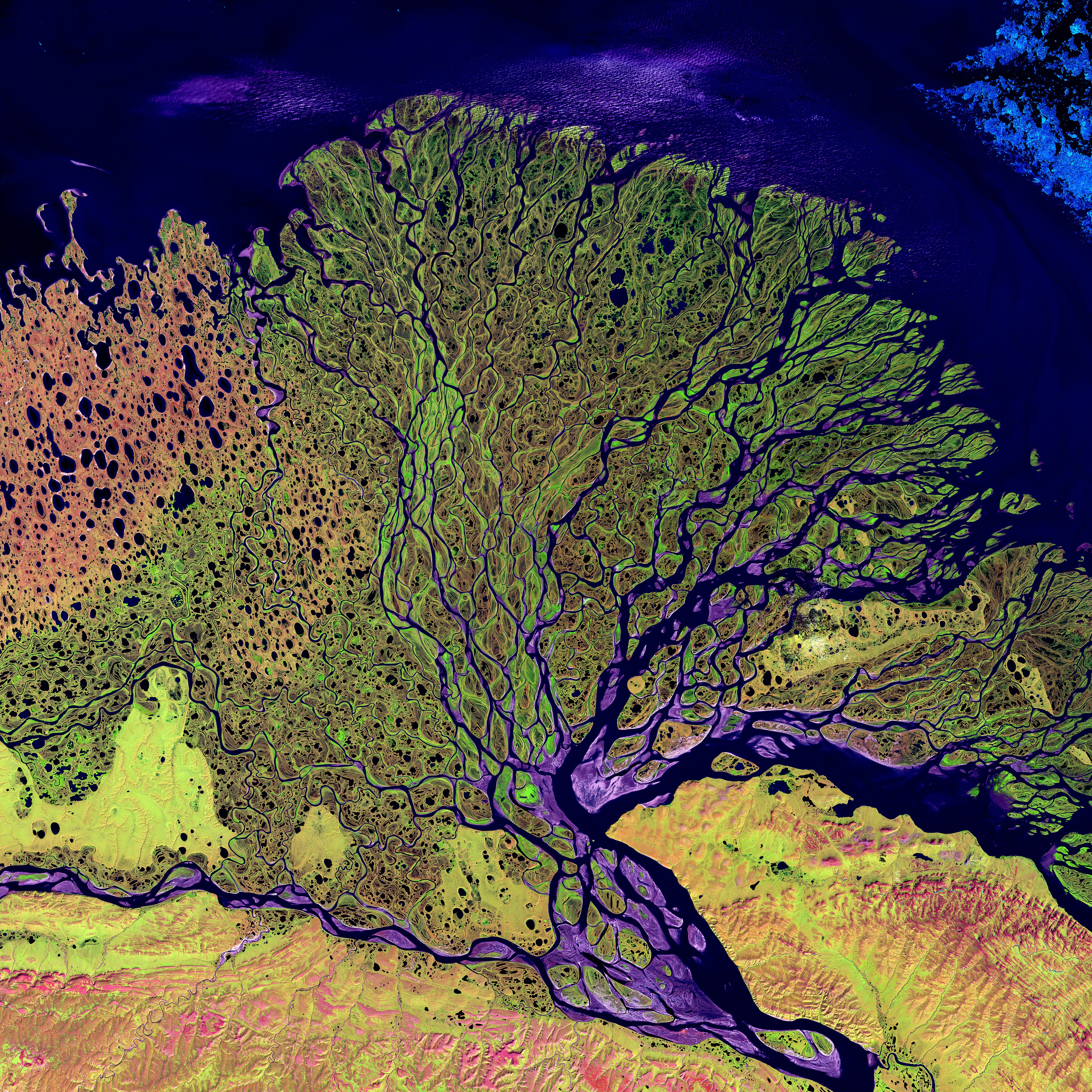A blog by Penny Boxall on her upcoming course ‘Tales from the Wetlands Studio’
The first time I went to Estonia, I was surprised at the extent to which tales and folklore are woven into the landscape there. Friends told me you must not sit on the sandy beach until the first thunderstorm of the year has passed and to beware the catfish (or is it the Devil?) swimming in the wide river, under the stars, as you take a dip from your dark sauna. I was told about näkid – mermaid-types – who populate the bog-cotton-fringed, peat-murky bog pools; about creatures hiding on bog-islands, among the stunted pines; about the berries growing on the moss, and when to pick them, and when to search for the mythical fern-flower. I learned, too, about Estonia’s ‘fifth season’, when snowmelt in late spring causes vast flooding over the bogland, creating a shimmering waterworld among the waist-deep trees, navigable only by canoe. In a waterlogged landscape of rivers and bogs, many of these tales have settled deep down into that wildness. I was captivated.
“How do we write these places and evoke their shifting scales, the micro-worlds of sundew and sphagnum, the macro of their mackerel skies?”
This got me thinking about how wetlands in general gather and grow and secrete stories: just as the peatbog can harbour a body – or treasure – for centuries, arrested in the damp dark. It is, perhaps, something to do with the way that light glances off the surface of water and reed, the way the wind brushes the napped fibres of the vegetation, that gives wetland landscapes their ambiguity, those gaps into which stories can creep – mists rising over the water, silver and dazzling. In Norfolk, the glowing lights of the Lantern Man are sinisterly said to lead travellers astray over Alderfen Broad. Gormire, a lake in the North York Moors, is said to be bottomless; tales are told about a portal which leads straight to hell, sucking unfortunate geese (and human swimmers) down to the depths. It is also said that if you swim across it, you are a true Yorkshireman. Mirages, tricks of the light, will-o’-the-wisps: why are watery places so storied? How do we write these places and evoke their shifting scales, the micro-worlds of sundew and sphagnum, the macro of their mackerel skies?
I wanted to learn to write these places accurately: to give the reader a sense of the specificity of this landscape, which also allows for expansion – just as watery places themselves seem to give back to the sky at least as much light as they are given. It got me thinking about techniques for capturing this.
“We’ll focus on image and the language we use to evoke those images; we’ll study poems together, and work out what their secret workings might be”
‘Tales from the Wetlands’ invites you to think about these trickster places and how to write stories – whether ancient or your own – into their glancings and depths. We’ll focus on image and the language we use to evoke those images; we’ll study poems together, and work out what their secret workings might be. Perhaps we’ll be led astray over the mire, or swim against the current. I am certain that we will be surprised.
Penny Boxall is teaching our online course,‘ Tales from the Wetlands Studio‘. Studios are 4-week intensive courses. Reading material will be distributed before the course begins. There are no live chats so they are suitable for both UK & International students.

Add your Reply
You must be logged in to post a comment.